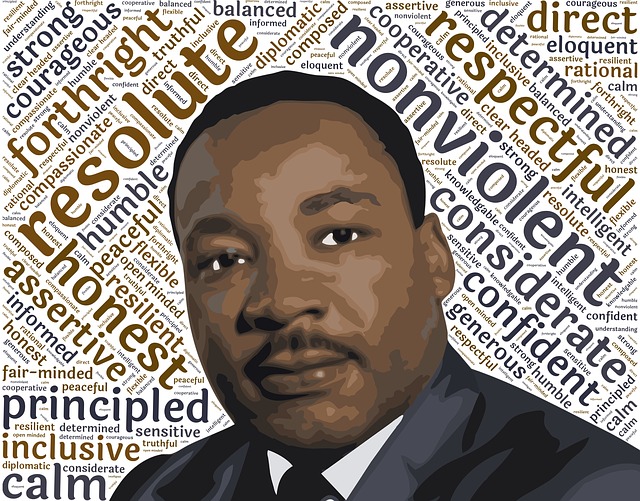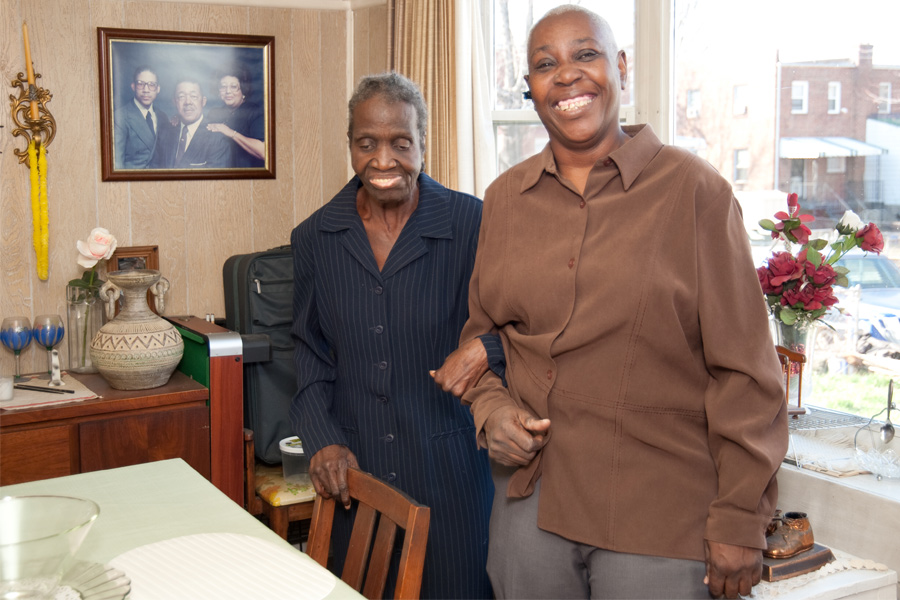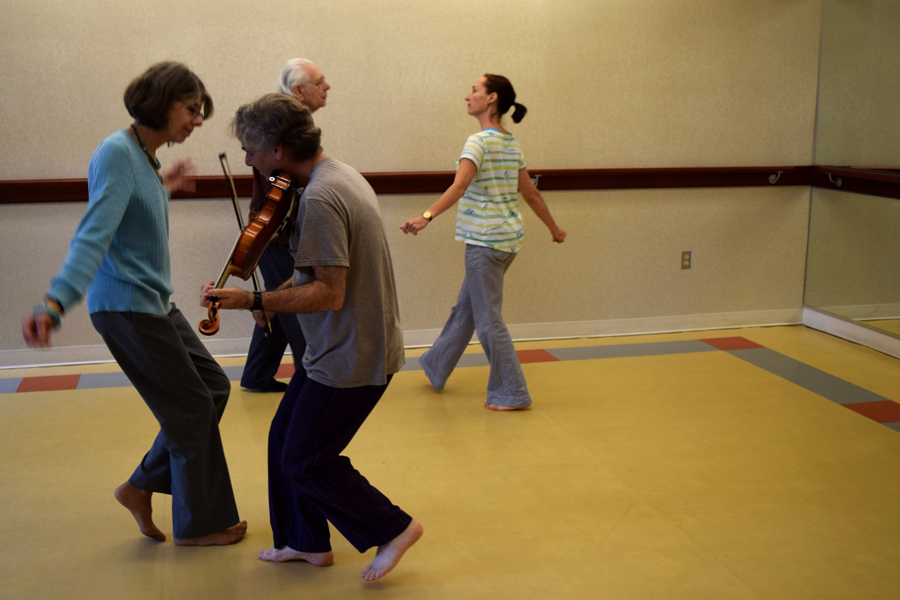Remembering the civil rights movement through music

In honor of Black History Month, enjoy this amazing trivia and music lesson compiled by Iona’s Washington Home Center Program Manager Saudia Roberts.
Watch each video and try to answer the questions!
Introduction
In few other times of American history was music been so important in powering a movement as it was for the civil rights movement. Music has the power to unify; it can communicate a message when words fail.
Martin Luther King, Jr. said it best: “Jazz speaks for life. The blues tell the story of life’s difficulties, and if you think for a moment, you will realize that they take the hardest realities of life and put them into music, only to come out with some new hope or sense of triumph.”
Song One: We Shall Overcome
Song #1: “We Shall Overcome”
As with any folk song, there is no single origin story for “We Shall Overcome.” In 1901, a Philadelphia minister set the words “I’ll Overcome Someday” to the tune of an old hymn. Southern Black churches soon adopted this hymn, and the words eventually became the song as we know it today. During the civil rights movement, Pete Seeger played this song for Martin Luther King Jr., who used the lyrics during his speeches and even recorded a spoken version of the song. It was performed at the Woodstock music festival by Joan Baez, who was the only artist to top the charts with it.
Trivia question:
In what state did Woodstock take place?
Answer: New York
Song #2: “Blowin’ in the Wind”
Bob Dylan wrote this song in 1962 during the height of the civil rights movement. He was inspired by the tune of an old slave song entitled “No More Auction Block,” but he claimed that it wasn’t a protest song. Though Dylan recorded his own version, the song wasn’t very popular until Peter, Paul, and Mary recorded their version in 1963. This song has been the most covered of Bob Dylan’s songs; artists ranging from Dolly Parton to Stevie Wonder have recorded it.
Trivia question:
According to Dylan, what is “blowin’ in the wind”?
Answer: The answer
Song #3: “This Little Light of Mine”
This song was a popular civil rights anthem due to the fact that its major theme was unity in the face of adversity. The tune was written in 1939 by an American pastor, and it has since entered the folk music realm. A version by Betty Fikes recorded in the 1960s sealed its place in the civil rights movement. The text has biblical origins, quoting the words of Jesus instructing his disciples to not let their light “hide under a bushel.” This song has remained very popular with children.
Trivia question:
What is meant by a “bushel” in this song?
Answer: Bushel was once a word for bowl. Today it means “a unit of measurement for dry and liquid goods.”
Song #4: “Blackbird”
This well-known Beatles tune was written by Paul McCartney in 1968. McCartney has said that the lyrics of this song are meant to represent the racial tensions of the civil rights movement that were building in the United States at the time.
Contrary to the first line of the song, “Blackbird singing in the dead of night,” real blackbirds don’t actually sing until the light of day arrives. However, some blackbirds have been known to sing at night, mistaking streetlights and other non-natural lights for sunlight.
Trivia Question:
What year did the Beatles first perform on The Ed Sullivan Show?
Answer: 1964
Song #5: “Will the Circle Be Unbroken?”
Another biblically inspired song on our list, “Will (or sometimes “Can”) the Circle Be Unbroken?” was written in 1908 as a gospel tune. However, in 1935, the Carter Family recorded a version of the song, making it popular among country western audiences. This song was performed by various artists during the civil rights movement and rose in popularity once again in the 1960s. Ritchie Havens, a social activist and folk singer, later recorded it for the 2009 documentary Soundtrack for a Revolution.
Trivia Question:
Despite the upbeat tone of the song, what solemn event is actually described in the lyrics?
Answer: A funeral
If you’d like to enjoy all the songs at once, please check out our playlist!
Related Articles

A Couple’s Vows Create Opportunities to Age Well

Can You Imagine Taking Three Buses to Get to Iona?

